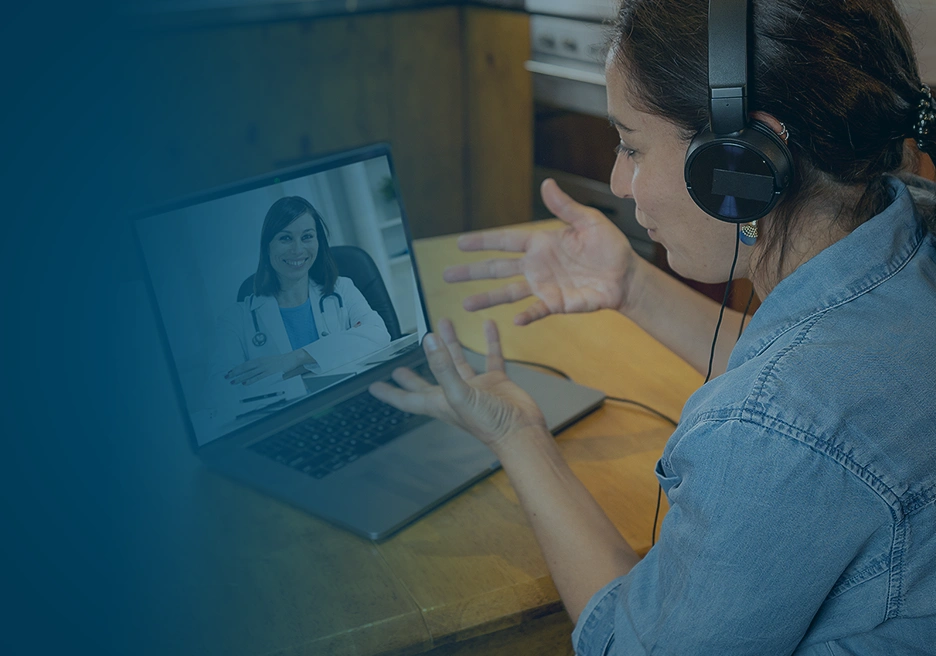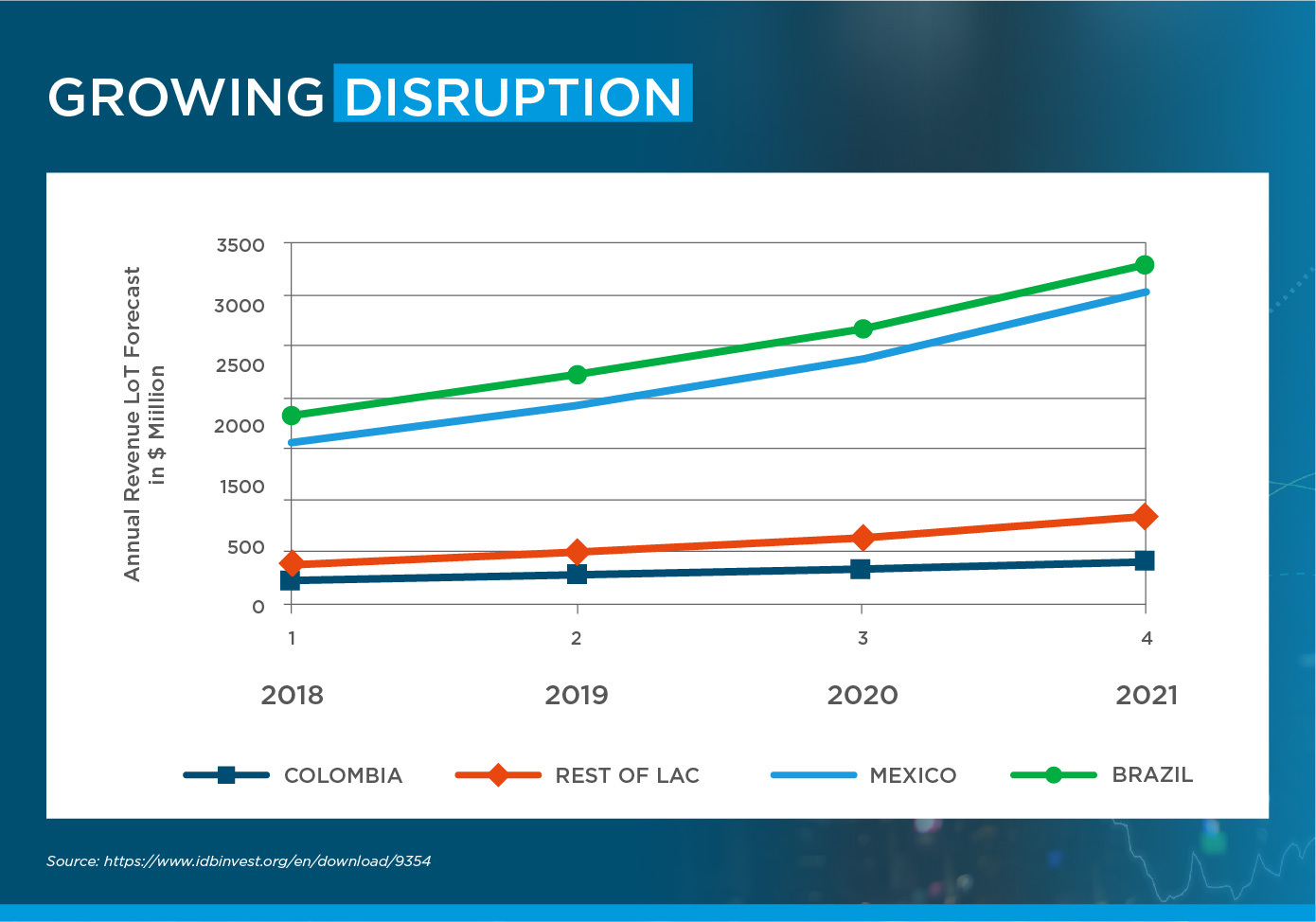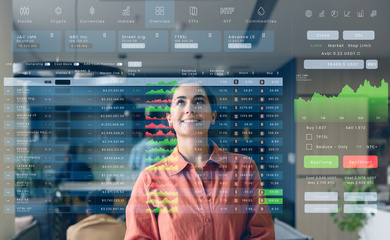Your Business is Next in Line for Internet-of-Things Disruption

If you think COVID-19 has already disrupted your life well beyond your wildest expectations, prepare to see the tools in your everyday business activity talk back to you.
As the coronavirus is changing every aspect of our daily lives, the post-pandemic economy is starting to take shape. And this shape will be dominated by digitalization across the business landscape and, in particular, the Internet of Things, or IoT.
IoT refers to web-connected devices that gather data, generate analytics and, in some cases, adapt behavior and responses based on those inputs. Think about everyday objects and machines in industries such as financial services, healthcare, logistics and automotive, all sharing data on the cloud, and the implications of that revolution.
For example, in agribusiness, wireless IoT sensors can track and send information about soil moisture and nutrients to agricultural experts across the country. When it comes to the health sector, wearable fitness devices can monitor activity levels and provide information on heart rate and respiration. With strong connectivity, IoT applications can be used in most fields.
You may also like:
- El Hub, a new podcast for exporting SMEs
- The COVID-19 Crisis: An Opportunity for the Financial Sector
- How exposed is Latin America to the trade effects of COVID-19?
The potential of IoT is enormous because it offers the ability to capture and leverage data across virtually every aspect of the human experience. Also, people are surrounded by intelligent devices that capture data about how they live and work: the technology, such as 5G networks, is already there. Cloud computing is providing elastic capabilities to IoT solution providers, allowing them to manage many connected devices and to cost-effectively deliver IoT applications with lower data storage costs.
IDB Invest, jointly with GSMA and Frost and Sullivan, has published a report, ‘Prepare for the Internet of Things Disruption’, that provides an overview of the IoT market in Latin America and the Caribbean, or LAC. In the wake of COVID-19, it presents practical knowledge and insights to reignite the business and economy quicker, and to achieve a smarter reshaping of the post-pandemic world.
The report shows that, in 2018, industrial IoT in the region posted an estimated $4.07 billion in revenue, generated by over 313 million IoT devices, both B2C and B2B, with Brazil leading the way, followed by Mexico and Colombia. An added advantage is that IoT providers such as Telefonica, Microsoft and Millicom have a strong presence in LAC, partnering with local companies.

IoT can particularly help LAC countries to address inclusion and sustainability issues. It can power tele-medicine by enabling contact-less health monitoring and preventive care service, helping the medically underserved population such as seniors and rural area residents. It can be deployed to enhance the visibility and traceability of supply chains supporting micro, small and medium enterprises. It may track carbon emissions and improve efficiency.
However, before surfing the IoT wave, the region must work on the basics: connectivity. Millions of Latin Americans just can't get online. Sometimes they lack an Internet connection, sometimes it's of poor quality or too expensive.
That's where an operator like Internet para Todos (IpT) enters. The Peruvian company, an alliance between Telefonica, Facebook, IDB Invest and CAF, started operations in May 2019. After 12 months of work, it has brought 4G mobile internet access to more than 1.6 million Peruvians in more than 10,000 locations along the coast, up in the mountains and down in the jungle.
One of those locations is Villa Hermosa Cañicuto, in the Department of Puno, next to Titicaca lake, in Peru. Previously, its 135,000 inhabitants had to walk more than 15 km to get Internet access, which made online education inaccessible for the children, and created additional health risks during the pandemic. The plan now is to get 2.3 million residents in rural areas online by year end and, later, progressively expand to other Latin American countries.
There are other challenges that must be addressed though, including connection reliability, interoperability due to the proliferation of standards, as well as security and privacy risks.
Take South Korea, which became a model example due to its effective, fast, and data-based COVID-19 response without issuing stay-at-home orders. Quarantined citizens in South Korea still were required to download a smartphone app to be tracked and monitored for their symptoms. To salvage economic activity, there was a privacy cost that must be taken into account.■
LEARN HOW IDB INVEST CAN OFFER YOU SOLUTIONS HERE.
SUBSCRIBE AND RECEIVE RELATED CONTENT |
| [mc4wp_form] |
¿TE GUSTA LO QUE ACABAS DE LEER?
Suscríbase a nuestra newsletter para mantenerse informado sobre las últimas noticias de BID Invest, publicaciones de blog, próximos eventos y para obtener más información sobre áreas específicas de interés.
Suscribirse



